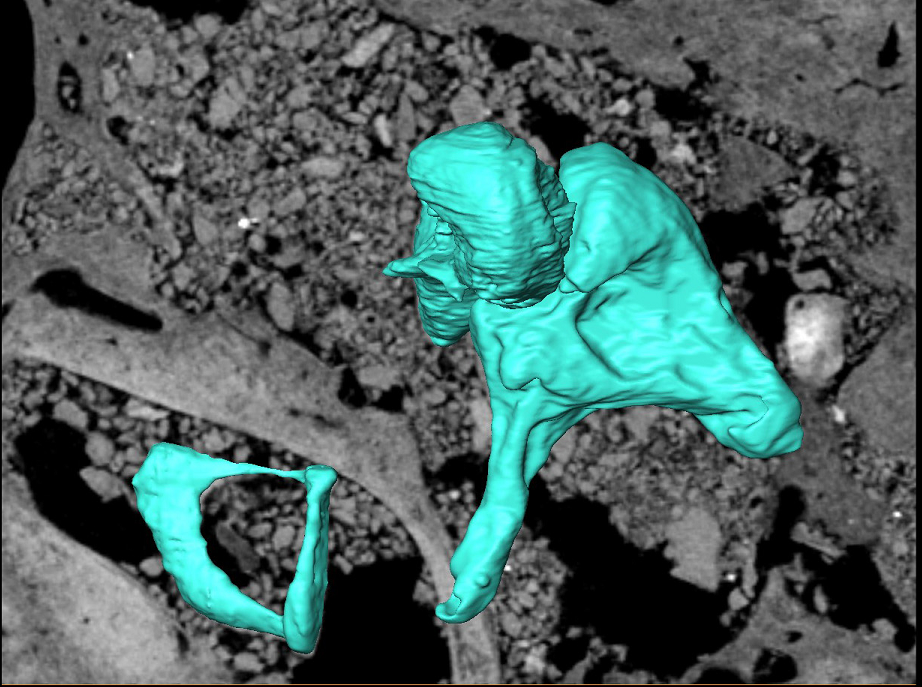
An international team, led by the Ikerbasque research fellow Dr. Asier Gómez-Olivencia at the University of the Basque Country (UPV/EHU), has reported new information on the mostly complete male adult Neandertal La Ferrassie 1 skeleton found in 1909. This new information has been published in the prestigious Journal of Human Evolution.
In this paper the team presents: 1) new fossils including a complete middle ear ossicular chain (malleus, incus, and stapes); 2) new previously unrecognized pathological lesions, including a congenital variant in the atlas, and a greenstick fracture of the left clavicle; and 3) new taphonomic information that is consistent with the intentional burial of this individual, as proposed by previous researchers.
In this study, CT and microCT scans were used in order to discover new skeletal elements and to better characterize the pathological lesions, which underlines the broad potential of imaging technologies in paleoanthropological research.
Article Citation:
Gómez-Olivencia, A., et al., La Ferrassie 1: New perspectives on a “classic” Neandertal, Journal of Human Evolution (2018), https://doi.org/10.1016/j.jhevol.2017.12.004
.png)
